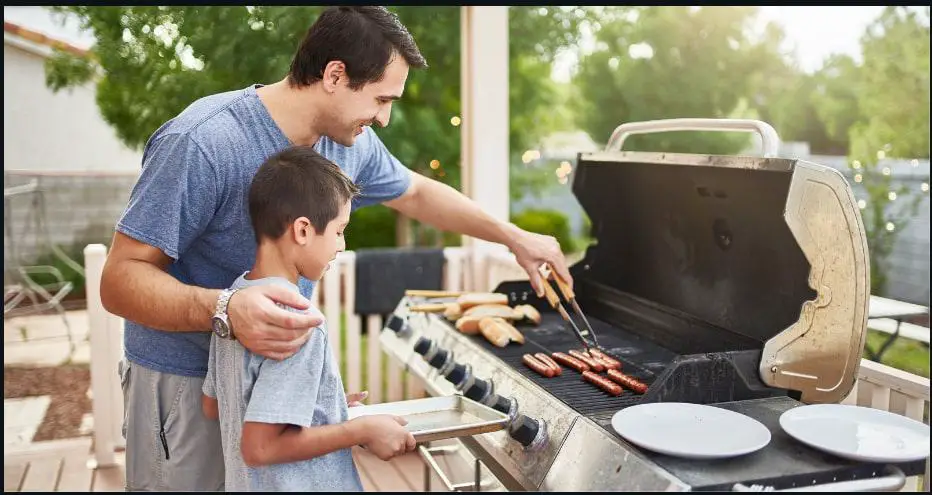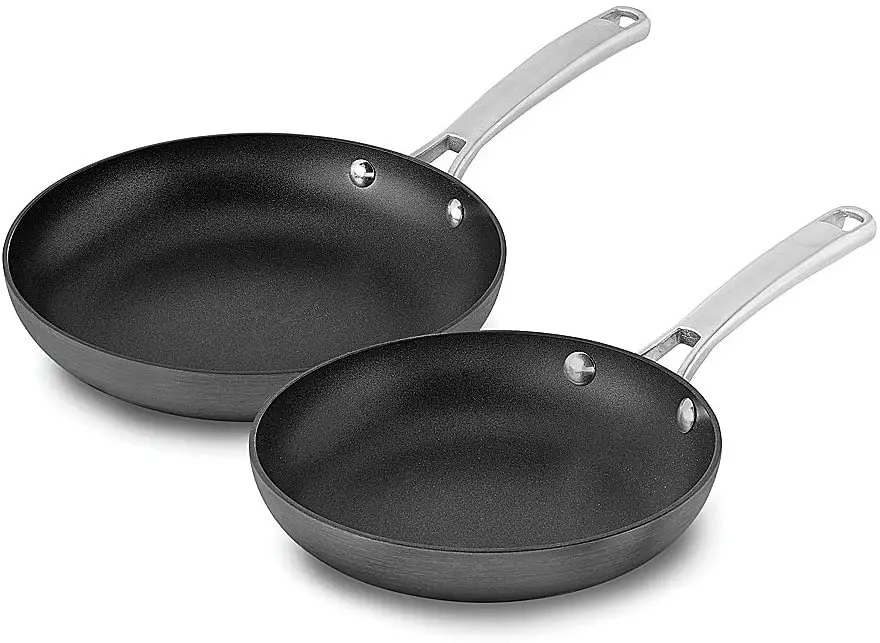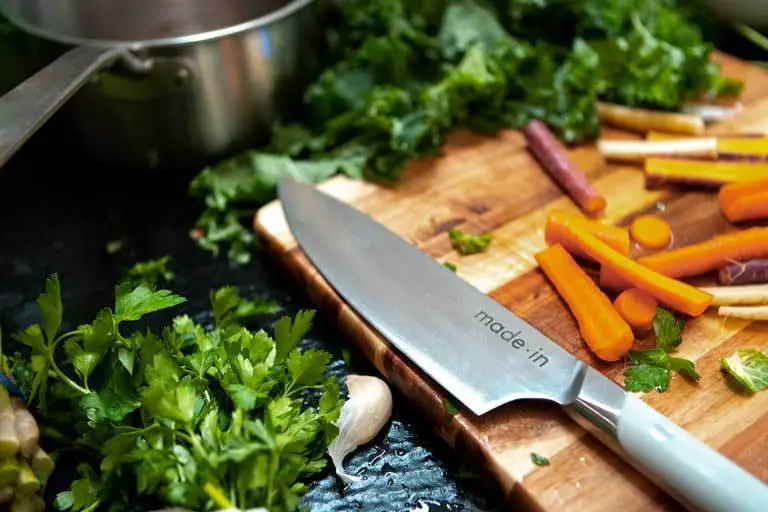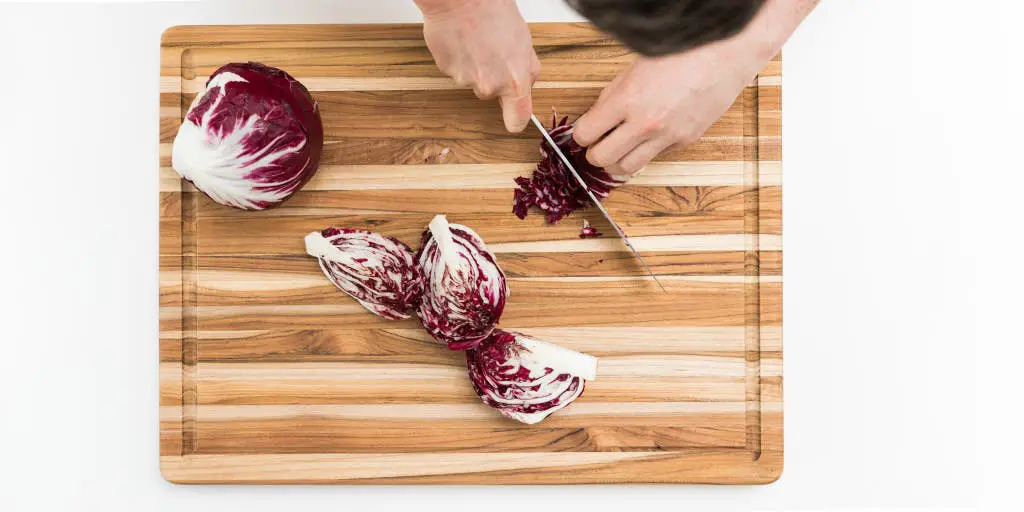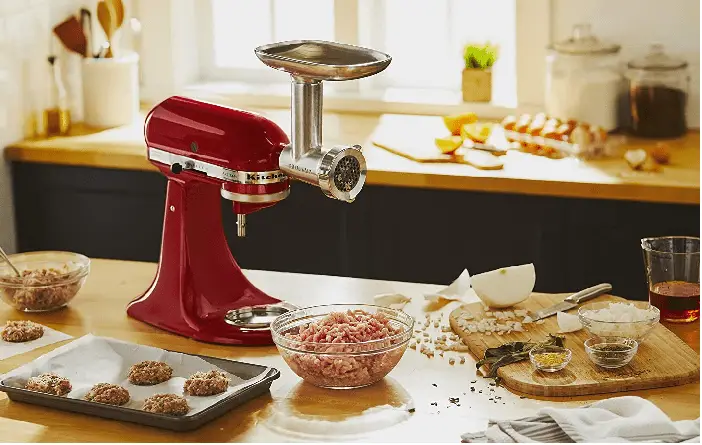Grilling is a beloved pastime for many, but a rusted grill bottom can quickly put a damper on the experience. A functioning grill bottom is essential for proper heat distribution and stability. In this article, we will explore the common problem of rust on grill bottoms and provide you with a step-by-step how to fix rusted grill bottom guide to fixing it. By following these instructions, you can restore your grill bottom and ensure its longevity.
Understanding the Causes of Rust on Grill Bottoms
Rust on grill bottoms is a common issue that arises due to various factors. Moisture plays a significant role in rust formation, especially when the grill is exposed to rain or high humidity. Additionally, prolonged exposure to elements like sunlight and extreme temperatures can accelerate the rusting process. Lack of regular maintenance, such as cleaning and protective coatings, can also contribute to the development of rust.
Assessing the Extent of Rust Damage
Before you begin the repair process, it’s essential to assess the extent of rust damage on your grill bottom. Inspect the surface for visible signs of rust, such as reddish-brown discoloration, flaking, or pitting. Severe rust damage may include holes or weak spots in the metal. Understanding the level of damage will help determine the appropriate steps for restoration.
Gathering the Necessary Tools and Materials
To fix a rusted grill bottom, you’ll need a few tools and materials. Make sure you have the following items ready:
- Wire brush or wire wheel attachment for a drill
- Sandpaper (medium to coarse grit)
- Rust converter
- Primer suitable for high-temperature applications
High-heat paint specifically designed for grills
Having these tools and materials on hand will streamline the restoration process and ensure effective results.
Cleaning and Preparing the Grill Bottom
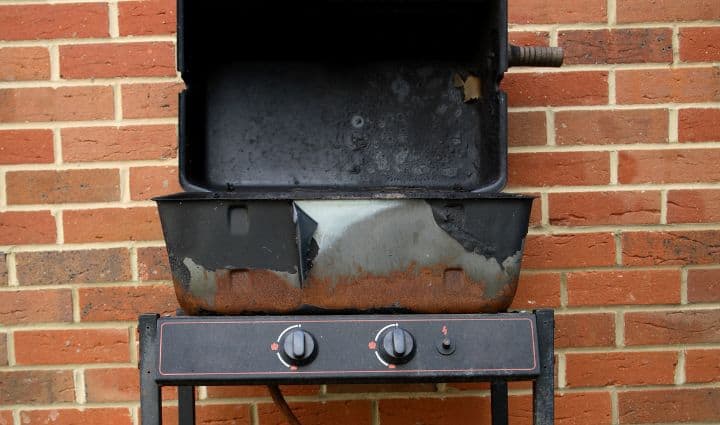
Cleaning and preparing the grill bottom is a crucial step in the rust-fixing process. By following these additional steps, you can ensure thorough cleaning and maximize the effectiveness of the restoration:
Start by removing the grill grates: Before cleaning the grill bottom, remove the grill grates and set them aside. This will give you easier access to the entire surface of the grill bottom and allow for a more thorough cleaning.
Scrape off stubborn debris: If there is any stubborn debris or hardened grease on the grill bottom, use a scraper or a putty knife to gently scrape them off. Be careful not to apply too much pressure that may scratch or damage the surface.
Use a degreaser for tough grease stains: For particularly stubborn grease stains, apply a degreaser directly to the affected areas. Allow the degreaser to penetrate the stains for a few minutes before scrubbing them away with a brush or sponge.
Pay attention to crevices and corners: Don’t forget to clean the hard-to-reach areas, such as corners and crevices. Use a narrow brush or an old toothbrush to scrub these areas thoroughly and remove any trapped dirt or grime.
Rinse thoroughly: After scrubbing the grill bottom with warm soapy water, rinse it thoroughly with clean water. Ensure that all soap residue is removed to avoid any potential interference with the rust removal process.
Check for remaining rust spots: Take a close look at the grill bottom after it’s dried to identify any remaining rust spots or areas that need further attention. If you spot any, use sandpaper or a wire brush to remove the rust until the surface appears clean and smooth.
Dry completely: Allow the grill bottom to air dry completely before proceeding with the rust removal steps. This ensures that there is no residual moisture that could interfere with the rust treatment process or the application of protective coatings.
Removing Rust from the Grill Bottom
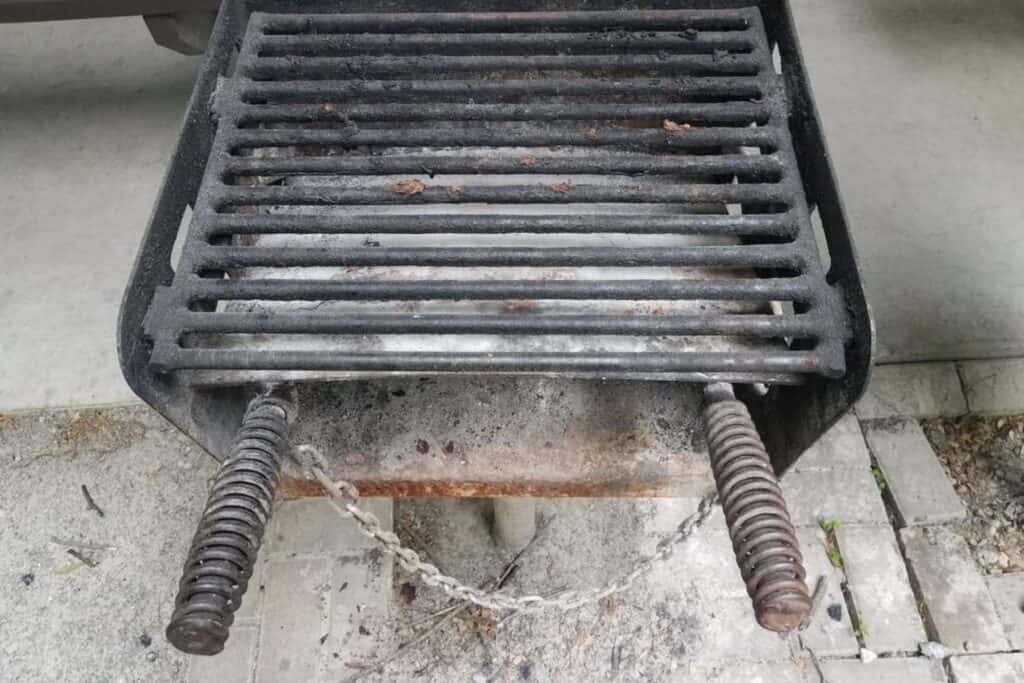
There are several methods you can employ to remove rust from the grill bottom. One effective technique is to use a wire brush or a wire wheel attachment for a drill. Firmly scrub the rusted areas until the surface appears clean and smooth. Alternatively, you can use sandpaper to sand away the rust manually. Be sure to wear protective gloves and a dust mask while performing these tasks.
During the rust removal process, consider applying a rust dissolver or rust remover gel to stubborn rust spots. Follow the manufacturer’s instructions and use a brush to apply the product evenly. Allow the rust dissolver to sit for the recommended duration before scrubbing or rinsing it off.
Treating Rust with a Rust Converter
After removing the rust, it’s essential to treat the remaining surface to prevent further corrosion. A rust converter is a chemical solution that converts rust into a stable compound. Apply the rust converter to the cleaned grill bottom using a brush or sponge. Allow it to dry according to the manufacturer’s instructions. The rust converter will coat the layer with protection that inhibits rust formation in the future.
Applying Primer & High-Heat Paint
Applying an appropriate primer that was made specifically for use in environments with high temperatures will provide protection that is long-lasting. The primer will act as a barrier between the metal and the atmosphere, preventing rust from forming on the metal in the future. When it comes to applying the primer and letting it dry, be sure to follow the recommendations provided by the manufacturer.
After the primer has had sufficient time to air-dry, it is time to apply a high-heat paint that has been developed, particularly for grills. To paint the bottom of the grill in a uniform layer, you may either use a brush or a spray can. Apply repeated, thin applications, waiting for each one to fully dry before proceeding to the next. The application of the high-heat paint to the grill bottom will result in an improved aesthetic as well as an extra layer of protection against rust.
Proper Maintenance and Prevention Tips
To prolong the life of your grill bottom and prevent future rusting, consider the following maintenance practices:
Regular cleaning: Clean your grill thoroughly after each use to remove grease, food residue, and moisture. Use a grill brush and warm soapy water to clean the cooking grates and the grill bottom.
Cover the grill: Invest in a grill cover to protect your grill from the elements when not in use. A cover will shield the grill from rain, snow, and UV rays, reducing the risk of rust formation.
Apply protective coatings: Periodically apply a high-temperature grill paint or protective coating to the grill bottom. These coatings act as a barrier against moisture and prevent rust.
Store in a dry area: If you live in an area with harsh winters or extended periods of rain, consider storing your grill in a dry area during the off-season to avoid excessive exposure to moisture.
Season the grill: Before using your grill for the first time and periodically thereafter, season the grill grates and the bottom. Seasoning involves coating the surfaces with a layer of oil and heating them to create a non-stick layer that helps prevent rust and makes cleaning easier.
Check for leaks: Regularly inspect the gas or propane connections and hoses if you have a gas grill. Look for any signs of leaks, such as the smell of gas or hissing sounds. If you detect a leak, turn off the gas supply immediately and have it repaired by a professional.
Avoid abrasive cleaning tools: When cleaning the grill bottom, avoid using abrasive tools such as steel wool or metal brushes. These can scratch the surface and remove protective coatings, making it more susceptible to rust. Opt for non-abrasive brushes or sponges instead.
Store grill accessories properly: If you have removable grill grates or other accessories, ensure they are thoroughly cleaned and dried before storing them. Store them in a dry area to prevent moisture buildup and rust formation.
Inspect and replace worn parts: Regularly inspect the grill bottom, burners, and other components for signs of wear or damage. Replace any worn-out or rusted parts promptly to maintain the grill’s performance and prevent further issues.
Use a grill mat or drip pan: Placing a grill mat or a drip pan underneath the grill bottom can help catch grease and prevent it from accumulating directly on the metal surface. This reduces the risk of rust and makes cleaning easier.
Conclusion
A rusted grill bottom can be a nuisance, but with the right tools and knowledge, you can restore it to its former glory. By following the step-by-step guide outlined in this article, you’ll be able to remove rust, apply protective coatings, and ensure the longevity of your grill. Remember, regular maintenance and preventive measures are key to keeping your grill bottom in excellent condition for years to come.
